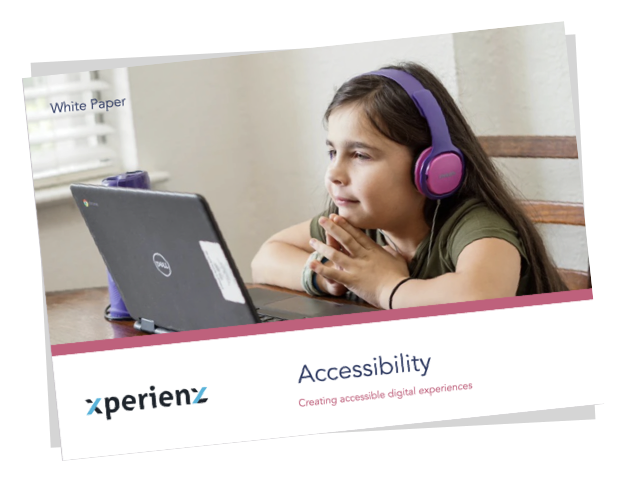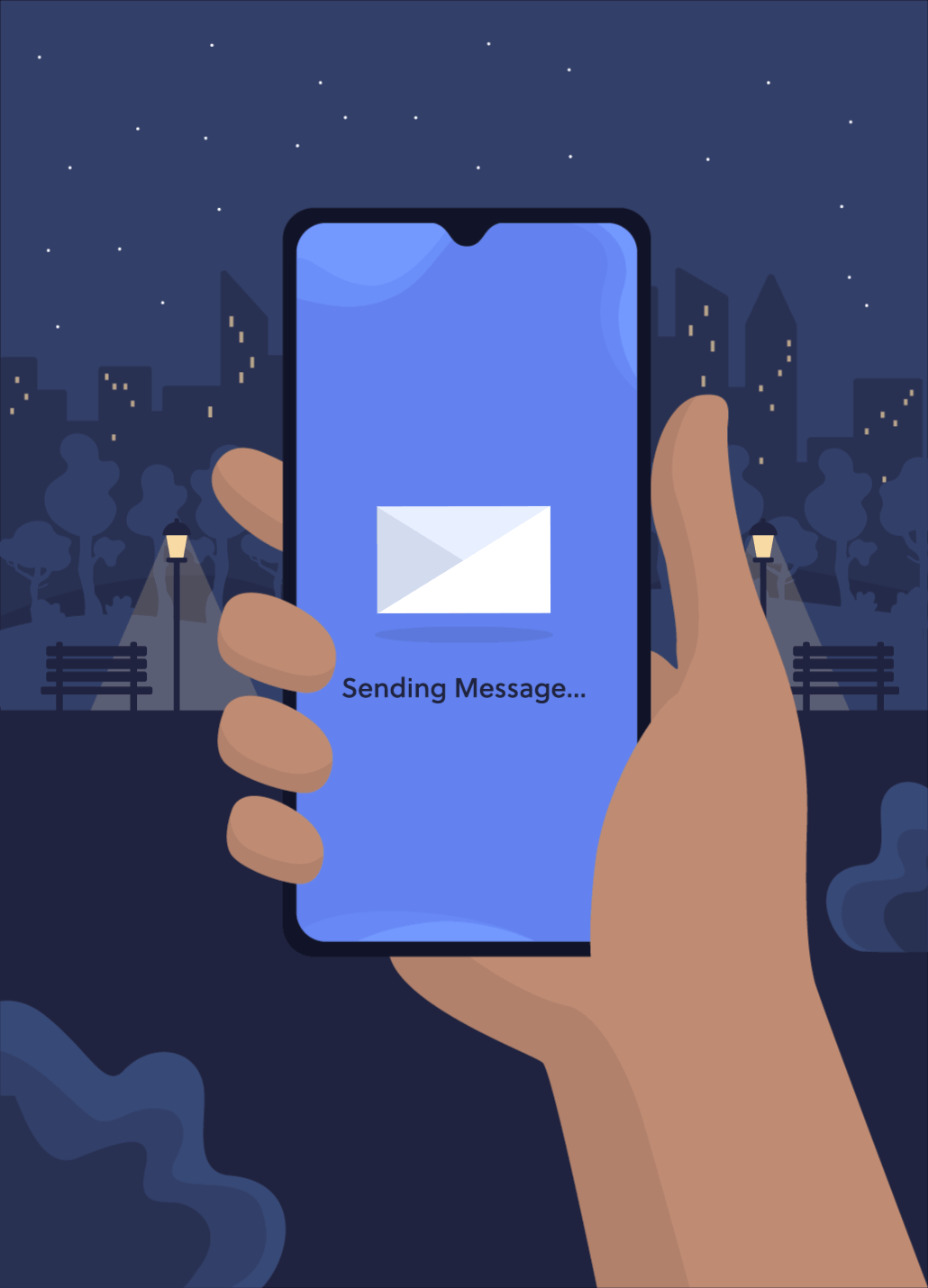 All Articles
All Articles
White Papers
Accessibility
We’re living in a digitalised society, where more and more information, products and services are available online. Accessing websites and apps is part of our day-to-day - we read the daily news, shop, request a taxi ride, order food, book vacations or even fill out tax returns.
But what about someone who’s blind or has some kind of visual limitation? Someone who’s deaf or has a physical limitation that prevents them from using the mouse? If someone with a disability decides to visit a website, they must be able to understand, navigate and interact with it. They have that right, as much as anyone else without any kind of limitation.

The web is for everyone and the right to information is a universal right. Web accessibility is even recognised in the United Nation’s International Convention on the Rights of Persons with Disabilities.
In order for people with physical, neurological or cognitive disabilities - blindness, hearing loss, learning difficulties, muteness, limited fine motor control, dyslexia, etc. - to be able to access websites and web tools without major issues, they need to be designed and coded properly.
The problem is that’s not always the case. Many websites and web tools are built with accessibility barriers that make them very hard or even impossible for some people to use.
Accessibility is of major importance for organisations who offer web products and tools. In fact, accessibility issues can affect not only a website’s usability for people with disabilities, but also for those who don’t.
By offering accessible products, organisations show they are inclusive, reach a wider market, are legally compliant and offer a better experience. For all.
What is web accessibility?
Web accessibility is the creation of websites, apps and web tools that can be used by everyone, regardless of their ability. It’s allowing all users, including people with physical, cognitive and neurological disabilities to perceive, understand, navigate, and interact with the web, as well as contribute to it.
The importance of creating accessible products and services
Maximising target audience - If we think that 15% of the world’s population has some sort of disability, that’s actually millions of people who have millions in purchasing power. It becomes clear that making organisations’ websites accessible has businesses benefits.
Standing out from the competition - If people with disabilities can’t use an organisation’s website they’ll easily turn to a competitor who offers a similar product or service.
Avoiding discrimination - By creating accessible, high-quality websites and tools, organisations aren’t excluding people from using their products and services.
Saving time and money - Building accessible products right from day one will make it possible to identify possible issues and correct them when they are still easy to fix. It will avoid a major redesign after the product is launched.
Boosting SEO - Search engines rely on content structure, semantics and functionality to present content to users and determine its relevance. Accessible websites can then have better search results.
Creating a positive public impression - Organisations will prove their commitment to break barriers and create a web that’s accessible to everyone.
Legal compliance - In many countries having an accessible website is required by law.
Improving usability and user satisfaction - Accessible websites will provide a better experience to users both with and without disabilities, and ultimately increase their satisfaction. Satisfied users that will most likely keep visiting the website, purchasing and recommend it to their friends.

How to evaluate accessibility
When you’re developing or redesigning a website, it’s best to evaluate accessibility from the start and include it throughout the development process so any accessibility issues are identified early, when it’s easier to address them.
Standards reviewTo assess accessibility issues and improve web accessibility, the World Wide Web Consortium (W3C) defined a set of guidelines — the Web Content Accessibility Guidelines (WCAG). The guidelines and success criteria are organised under 4 principles: perceivable, operable, understandable and robust.
These guidelines are organised into three levels of conformance. They all have criteria that must be met to consider a website is accessible for all users, covering aspects like site navigation, text, videos, inputs and more.
Accessibility evaluation toolsSoftware tools can identify accessibility issues and increase efficiency of evaluation by saving time and effort. However, alone they cannot determine if a product meets standards and is accessible.
Heuristic evaluationFinding the usability problems in a user interface according to an established list of rules called heuristics, so that they can be attended to as part of an iterative design process.
Design walkthroughsFind potential usability and accessibility issues by visualising the user’s route through an early concept or prototype. A walkthrough can be performed using personas with disabilities and scenarios that include adaptive strategies to complete tasks.
Screening techniquesActivities to help identify potential accessibility barriers in product designs. It involves interacting with a product with one or more physical or sensory abilities eliminated or modified.
Usability testingEvaluating some aspects of accessibility by using standard usability testing protocols, with a few modifications to include participants with disabilities and use assistive technology (e.g. hearing aids, screen readers, voice recognition programs) and whichever input or output peripherals (e.g. keyboard, mouse, monitor, headphones) people use on their day-to-day.

Accessibility
How organisations should invest in creating accessible digital experiences to guarantee an equal access by everyone and improve their business.

The email we sent you to webb@hotmail.com has the link to download our White Paper.
If you don’t see it immediately, please check your spam folder.
Thank you.

